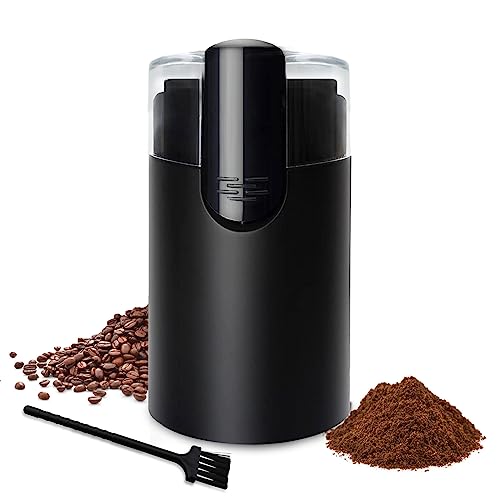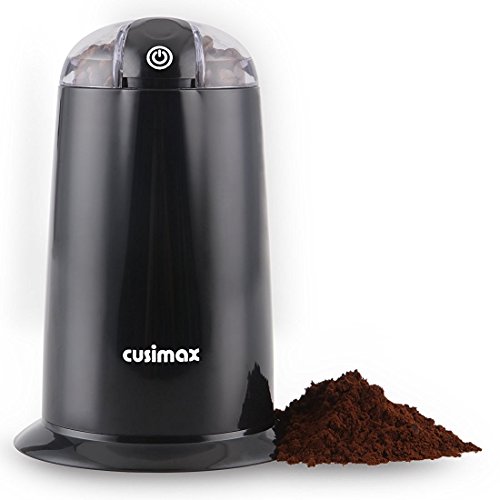Blog entry by Audrea Nicastro
An excellent entry-level option for the novice, this machine has some distinctive features that make it stand out. It has an integrated grinder and steam wand. It lets you experience the barista's job while automatizing a portion of the steps.
Dual boilers ensure that the milk and espresso are at the perfect temperature. This is an essential aspect to making great coffee.
How does it work
A home espresso machine allows you to make rich, delicious coffee grinders makers drinks whenever you want. They come in various sizes, shapes and levels of automation. They all work using the same principles. Understanding how they function will help you choose the most appropriate model to meet your needs and preferences.
Espresso is made by hot water that is pressed under pressure through finely ground beans. Consistent temperature and pressure are the keys to making a perfect espresso. A group head on an espresso machine is also referred to as a brew head, facilitates the interaction between water and coffee to get these results. The group head comes with one or more portafilter baskets that are filled with ground coffee and tamped to create a seal. When the trigger is triggered by the group head, the head then releases water through the filter and then pours the grounds into a shot glass.
A boiler system regulates the pressure that is generated during the brewing process. There are two kinds of espresso boilers for machines: true made (TB) and high efficiency steam engine (HX). TB machines typically have stable brew temperatures, but not as good steaming performance, while HX models have consistent brew temperatures but not as many steaming capabilities.
A pump-driven espresso machine uses a vibratory or rotating vein pump to push the water through the filter and into the shot glass. These machines are most commonly found in cafes and also at home. Vibratory pumps produce pressure making use of an electromagnet which continuously pushes and pulls a piston towards the ground. (Usually 8 to 10 bar, 116 to 140psi) Rotary vein pumps are mechanical, not electromagnetic, and provide more consistent water pressure. Both types require regular maintenance to ensure they are operating in a proper manner.
Once the espresso has been added to the cup the water tank is refilled and then the control panel is switched on. The button that turns off and on activates the boiler two indicator lights as well as the control valve.
There are several different types of espresso machines, including semi-automatic, automatic, as well as super-automatic models. Semi-automatic espresso machines are most commonly used and easy to use. You can prepare a variety of espresso-based beverages at your own pace with a certain degree of control over grinding size as well as extraction times and pressure.
Grinder size
Espresso machines make use of extreme pressure to force hot water through compacted grounds of coffee quickly, producing concentrated espresso shots that provide rich flavors. A quality grinder is vital to this process. Ideally, the grind size must be sufficiently fine to create an even surface that evenly distributes heat and water. However the precise size of the grind is dependent on a variety of factors, including the freshness of the beans as well as the extent to which they have been roasted.
The best coffeee grinder espresso machines with grinders have different grind settings that let you play around to find the right combination. Additionally you can adjust the amount of pressure that the machine puts on the coffee. However, it's important to keep in mind that there are a variety of other elements that contribute to a great espresso drink, such as the proportion of coffee to water and the way you make your coffee and brew it.
It is convenient to have a coffee grinder that is built-in in your kitchen. It also saves you space. It ensures that the beans are freshly ground and ready to brew and can make a significant difference in taste. A quality grinder will also reduce the risk of over-extraction which can cause dry and bitter taste. The amount of time that coffee and water are in contact is crucial for extraction. A good coffee grinder will keep an even grind that falls within this ideal range.
A grinder with a fine and even grind will result in a smoother, more evenly distributed extraction. However, it will require more water in order to reach the desired temperature. This is why it's important to select a model that has an adjustable grinder setting and a larger bean capacity as well as an appliance that can heat quickly.
The Philips Saeco XS90 is a good option for those looking for an espresso machine that's easy to use and has grinders that cost less than $1000. It comes with an adjustable milk hopper and a steam wand that's easy to operate and clean and a range of drink-making options. It also has a test of water hardness strip, as well as an AquaClean filter system to avoid limescale.
Temperature of water
Espresso is made by running hot water under high pressure through a portafilter that is filled with finely ground coffee beans. The pressure is intense, resulting in a shot of espresso that's eight to 10 times more concentrated than drip coffee, with the consistency of syrup and crema that is made from suspended and emulsified coffee oils. The size of the grind, the temperature and pressure of the water, how tightly packed the portafilter is, and other factors can drastically affect the quality of an espresso. For this reason, espresso machines need to be able to provide consistently good results.
A good espresso machine has a boiler that can maintain the exact temperature required for steaming and brewing, ensuring the best flavor and aroma. It also needs pumps that can deliver the required pressure to extract. It should also be easy to maintain and use. This means a clear interface, a fast heating time, and being able to clean the machine after each use to prevent the build-up of residue and oil.
If you're a coffee lover, then you must choose a machine with a PID controller. This can monitor and regulate brew temperature and steam temperatures with incredible accuracy. It's starting to show up on even affordable espresso machines and makes a huge impact on the taste of your beverages.
You should also consider whether you need a dual or single-boiler system, and also what type of portafilter you'll be using. Dual-boiler systems are ideal for home baristas because it offers more flexibility in preparing a wide range of drinks, such as cappuccinos and lattes. A single boiler is best for those who just require a single cup at one time.
The Gaggia Classic Pro is a great option for beginners or casual espresso drinkers. This semi-automatic espresso machine comes with an improved aluminum boiler that can get up to temperature much faster than competitors and has a simple three-button interface for power as well as brewing and steam. This model also includes a distribution tool for evenly packing the portafilter and a tamper built to last. It comes with a steaming pitcher as well as a cleaning tool, so you can start making your morning espresso immediately!
Pressure
The pressure of an espresso machine plays an important part in the quality of your coffee. The greater the pressure you set, the more flavor the coffee grounds will possess. Set your espresso machine to around 9 bars for optimal extraction. The higher the pressure, thicker your resulting crema layer will be.
Most modern machines use an electric motor to push water through the coffee. This is done at a certain pressure, which you are able to adjust by using the pressure dial. The dial on modern espresso machines will measure in BARs (barometric atmospheric pressure).
It is important to understand that while some machines can boast as high as 19 BARs, higher pressure does not necessarily result in a better cup. To create the perfect brew you'll have to balance many factors, including water temperatures and grind size, pressure and more.
Consistent pressure is essential to ensure that your espresso comes out perfect every time. Consistent pressure will also ensure that the water is evenly pushed through the grounds, preventing over or over-extraction of flavors. One way to keep the pressure of your espresso machine steady is to press the grounds inside the portafilter correctly.
Another aspect that affects the intensity of an espresso is the way in which the grounds are packed. While you may be attracted to pack the grounds as tightly as you can, this will actually make it harder for water to flow through the grounds. The grounds will expand when they are packed too tightly, which could affect the taste and aroma of your coffee.
A grinder that is of top quality will give you the best results from your espresso. Some espresso machines have an inbuilt coffee grinder that will help you save money and time. A coffee grinder is not just convenient, it can also help you make the best espresso by crushing your bean evenly.
A burr grinder is an excellent option, since it gives a
consistent grind that can help you to make the
best home espresso grinder espresso. However, it's not
necessarily the only grinder that is available on the market.
There are also models that feature disc grinders that is more
efficient, but results in inconsistent results.

